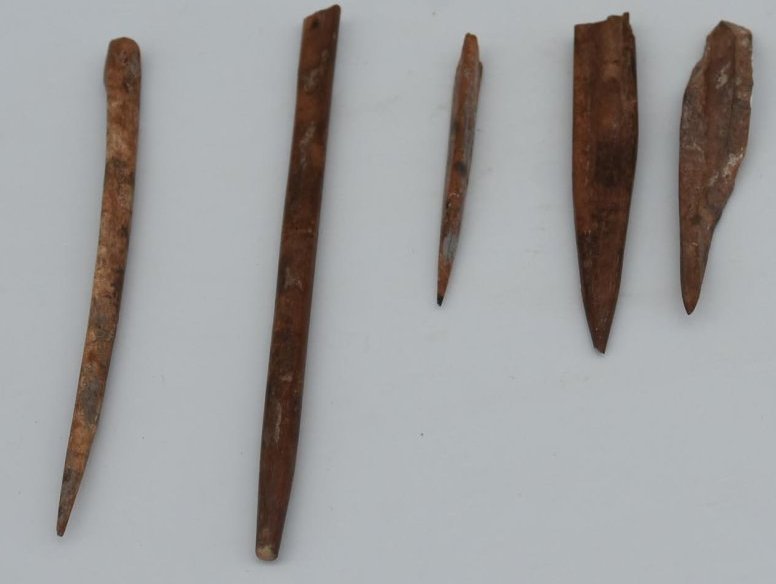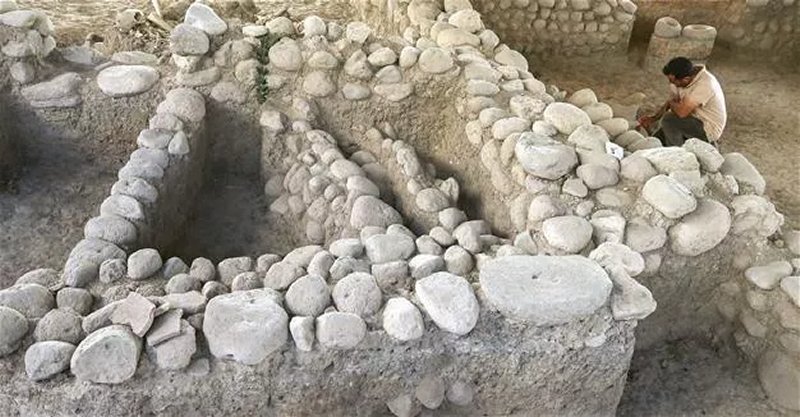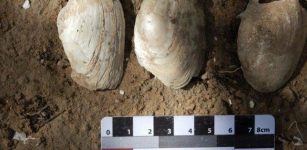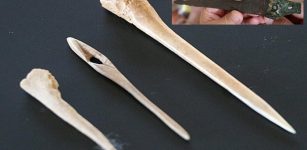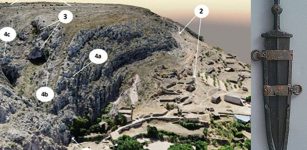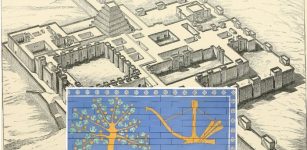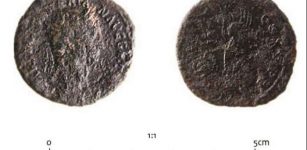8,200-Year-Old Needles Unearthed In Turkey’s Izmir
Conny Waters - AncientPages.com - Ancient bone needles estimated to be 8,200 years old have been unearthed during excavations conducted in the Yeşilova and Yassıtepe mounds of western Turkey's Izmir.
Earlier, in 2017, Anadolu Agency reported that in the Yassıtepe excavations at the Yeşilova Mound in the western Turkish province of İzmir, archaeologists unearthed the ruins of 5,000-year-old structures, as well as “luxurious” residents at the time.
Izmir is one of the oldest settlements of the Mediterranean region, and has long history. Until the 7th century BC Izmir had strong trade contacts with its neighbors, particularly with Lydia, and so it lasted until the Lydians were conquered by the Persians.
A view of the needles found in the Yeşilova and Yassıtepe mounds, Izmir, western Turkey, June 3, 2022. (DHA Photo) via Daily Sabah
The Persian sovereignty came to the end with Alexander the Great's arrival into Anatolia in 334 BC. The Hellenistic period began, a new settlement underwent many significant restorations
Tied to the Pergamon Empire in 197 BC, passed into the control of the Roman Empire which transformed Izmir into an important trade and harbor city.
The city is mentioned under the name Smyrna in the Book of Revelation, and Polycarp suffered martyrdom in Smyrna around the year 155. During the Middle Ages, the city belonged for a long time to the Byzantine Empire, then the Republic of Genoa and the Republic of Venice before becoming the base of the Order of St. John.
The Knights of St. John were driven out in 1402 by Timur Lenk, and in 1425 the Ottomans took control of the city. Later, the city experienced the first World War, the Greco-Turkish War (1919-1922). Finally, it was reconquered by Turkey and ratified in the Treaty of Lausanne in 1923. It has remained Turkish ever since.
Yassıtepe excavations at the Yeşilova Mound in Izmir, Turkey. Image credit: Hurriyet Daily News
“In the ongoing works at the mounds, where the first people of Izmir lived, nine different ancient villages dating back to 8,500 years were discovered in a row. In the villages, the remains of breams, poisonous stingrays, sea urchins, oysters and mussels revealed that ancient people were consuming sea food in the past, just like today's locals,” writes Daily Sabah.
Among the first finds of this year's excavations were stone cutting tools used in meat cutting, wood chipping and furniture processing from 8,200 years ago. And the latest findings were the needles made from animal bones and thought to be used by women in weaving.
Excavation Head associate professor Zafer Derin of Ege University Faculty of Letters Archeology Department said, "This is a residential area where the history of Izmir can be traced. As the area is very large, our teams sustain their work in two sections on an area of 1,200 square meters (12,916.69 square feet). We have unearthed various artifacts dating back 8,200, 6,000, 5,000 and 2,000 years to date."
Providing information about the needles, Derin added: "The needles belong to ancient women. They are not made of metal like today as the ancient people do not know about this mineral in the past. They are made of bone, and mostly bird and small cattle bones were used to produce them.
"Ancient people straighten and sharpen the bones and then turn them into needles. If necessary, they can be used as a buckle or as a jewelry on the collar."

